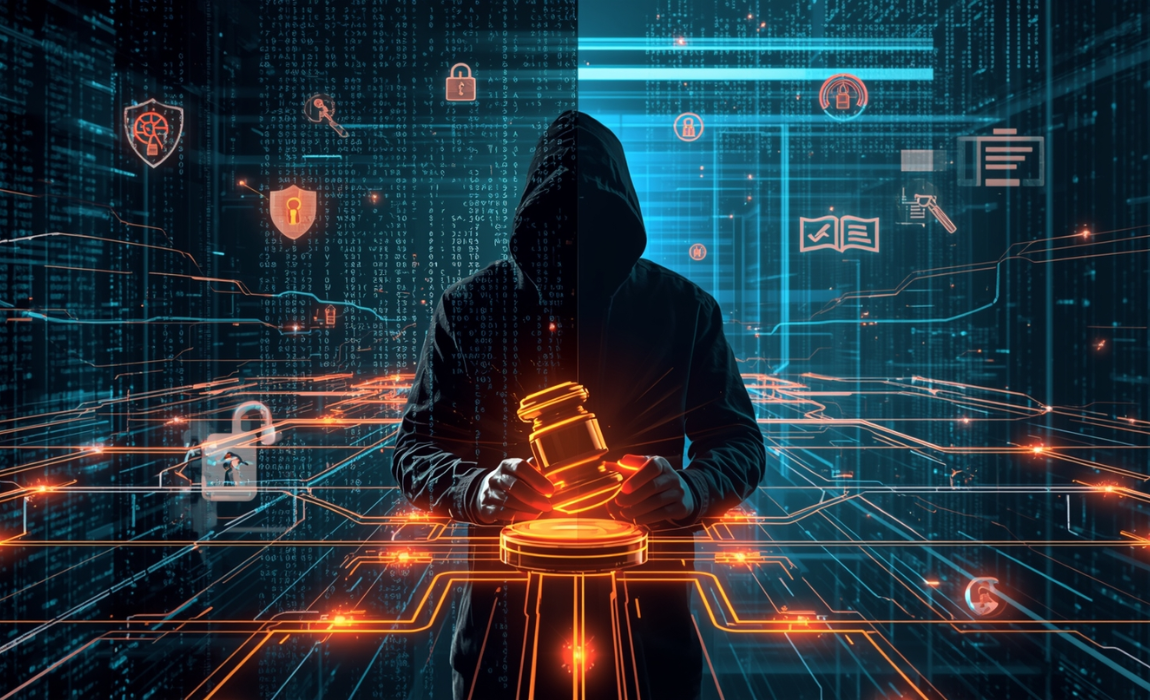
"Cybercrime and Cybersecurity: Legal Frameworks and Future Directions"
As cybercrime evolves from data theft to digital warfare, legal frameworks must keep pace with technology. The future of cybersecurity will depend on whether law can match innovation.
The 21st century has been defined by the digital revolution. From banking to healthcare, education to governance, every aspect of life now flows through the invisible pipelines of cyberspace. Yet, this interconnected world comes with a shadow: cybercrime. No longer limited to amateur hackers, cybercrime today involves organized crime syndicates, state actors, and even rogue insiders. The threats range from ransomware attacks and phishing scams to cyber-espionage and AI-driven deepfakes.
The legal response, however, struggles to match the speed of innovation. While cybersecurity technologies advance rapidly, the legal frameworks meant to regulate, prevent, and punish cybercrimes often lag behind, leaving individuals, corporations, and states vulnerable.
The Expanding Landscape of Cybercrime
Recent events underline the urgency. The 2023 ransomware attack on AIIMS, New Delhi, crippled India’s premier healthcare institution, exposing sensitive patient data. Globally, the Colonial Pipeline hack in the U.S. demonstrated how cyberattacks can disrupt critical infrastructure, leading to fuel shortages. The rise of crypto-related crimes—from fraud in decentralized finance platforms to laundering through digital wallets—has added new layers of complexity.
Even more worrying is the emergence of cyber warfare. With geopolitical tensions high, state-sponsored attacks are becoming tools of aggression. The alleged Russian cyber intrusions during the Ukraine war and repeated reports of Chinese cyber-espionage campaigns highlight how cybercrime has blurred the line between criminality and national security.
India’s Legal Framework: Progress and Gaps
India’s principal legislation remains the Information Technology Act, 2000 (IT Act), amended in 2008 to address cybercrimes. It criminalizes hacking, identity theft, and publishing obscene material online. The Indian Penal Code (as adapted in the Bharatiya Nyaya Sanhita, 2023) now includes provisions for cyber fraud and online offences.
Yet, glaring gaps persist. The IT Act is outdated in addressing ransomware, crypto-related crimes, AI-generated content, and cross-border offences. Moreover, jurisdictional challenges make it difficult to prosecute offenders sitting in foreign countries but targeting Indian citizens.
The government has taken steps—establishing the Indian Computer Emergency Response Team (CERT-In), mandating data breach reporting, and introducing the Digital Personal Data Protection Act, 2023. However, these measures remain piecemeal and reactive. What is missing is a comprehensive cybersecurity law that integrates criminal law, data protection, and international cooperation.
Global Approaches and Cooperation
Around the world, countries are grappling with similar challenges. The EU’s General Data Protection Regulation (GDPR) set global benchmarks for data protection. The U.S. Cybersecurity and Infrastructure Security Agency (CISA) has become a model for coordinating responses to cyber threats. The Budapest Convention on Cybercrime, though signed by over 65 countries, still lacks universal acceptance—India, for instance, has hesitated to join, citing sovereignty concerns.
But cybercrime respects no borders. A phishing scam originating in Nigeria, executed through servers in Singapore, and targeting victims in India illustrates why international collaboration is not optional but essential.
The Road Ahead: Building Legal Resilience
The future of cybersecurity will require laws that are anticipatory rather than reactive. Legislations must account for emerging technologies like quantum computing, which could render current encryption obsolete, or artificial intelligence, which powers both cybersecurity tools and new cyber threats.
Equally important is striking a balance between security and civil liberties. Excessive surveillance in the name of cybersecurity risks infringing upon the right to privacy, recognized by the Supreme Court in Puttaswamy v. Union of India (2017). Thus, any legal framework must protect citizens from both cybercriminals and overreach by the state.
Conclusion
Cybercrime is not a temporary menace; it is the defining battleground of the digital age. For India and the world, the challenge lies in evolving laws that are agile, enforceable across borders, and sensitive to rights. Technology may be borderless, but governance need not be helpless. The task ahead is clear: build a legal architecture as resilient, adaptive, and innovative as the threats it seeks to combat.
The digital frontier is here. Whether it remains an engine of progress or descends into a playground for criminals will depend on how swiftly law can rise to the occasion.
